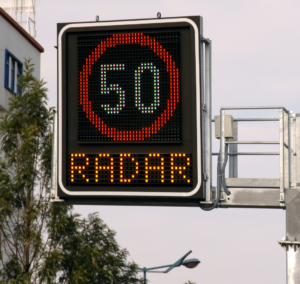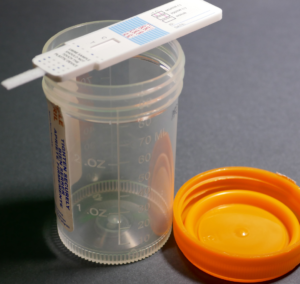Everything you need to know to get your Driver's Vehicle Inspection Report in order
The Driver Vehicle Inspection Report (DVIR) is a mandatory daily report for commercial vehicle drivers. These reports are crucial for identifying safety issues, ensuring that no hazardous parts or components are overlooked, and ensuring compliance with federal regulations for both vehicles and drivers. DVIRs can be recorded on paper or electronically, but must be retained for at least three months from submission.
It’s crucial for drivers to report any issues to the company before driving. And it’s essential to have an established process to address safety issues, either at the maintenance workshop or by contacting the company while on the road.
When is a DVIR required?
In accordance with U.S. Federal law, the DVIR is required to be completed for all commercial vehicles with a gross vehicle weight of 10,001 pounds or more, as well as those designed to transport eight or more occupants, including the driver, or hazardous materials. These regulations are intended to improve road safety and ensure compliance. If you use two or more commercial vehicles, you will likely be required to complete and maintain DVIRs for each.
However, there are exceptions where DVIR is not mandatory. The Federal Motor Carrier Safety Administration (FMCSA) repealed the requirement to file a DVIR if no defects or damage were found in 2014. This means that DVIRs do not need to be submitted to the FMCSA if the vehicle passes the driver’s inspection. However, this exemption does not apply to passenger carrying vehicles; in this case, drivers are required to submit a DVIR whether or not defects are found.

How to submit a DVIR?
Although it may seem complicated, completing a DVIR is made easy by following three simple steps: inspect, report, sign. Below is a detailed explanation of how to carry out each of these steps.
1. Vehicle inspection: the driver will conduct a comprehensive inspection of the vehicle, including checking under the hood, conducting a full 360-degree walk-around to identify potential defects or damage, and starting the engine to assess lights, brakes, and other components.
2. Reporting defects: after completing the first step, the driver will record any defects or damage discovered during the inspection. This report focuses on reporting any damage that may compromise vehicle safety or lead to future breakdowns.
3. Signing: the driver must sign the DVIR and submit it to the company for review.
Corrective action and repair certification: in addition to the main steps, once the report is submitted, carriers must repair and immediately certify any defects or damage noted in the DVIR that could compromise the safe operation of the vehicle, to ensure fleet safety.
It is advisable to submit this report both before and after trips, allowing fleets to be aware of vehicle conditions to ensure safe driving for all drivers. While some companies still use paper reports, most have opted to upgrade to electronic applications and platforms. It’s important to note that since DVIRs are required by federal law, failure to comply with proper regulations can result in fines ranging from $1,000 to $15,000.

State legislations review on speed cameras and red light cameras
States continue to review regulations regarding speed cameras and red light cameras State legislators nationwide continue to review regulations regarding speed cameras and red light

Mothers and truckers: the challenges of being a mother on the road
The biggest challenge lies in the need to care for and provide for the children at the same time Long hours of work, complete dedication,

The deadly consequences of not wearing seatbelts among truck drivers
Seven out of ten truck drivers involved in fatal accidents were not wearing seatbelts During an annual research forum, the FMCSA presented the latest data

Drivers could face license suspension if RTD process is not completed
163,318 holders of CDL and CLP licenses are registered as “prohibited” The latest FMCSA report reveals that 163,318 holders of CDL and CLP licenses are

International Roadcheck: what you need to know about DOT Week 2024
From Tuesday, May 14 to Thursday, May 16, 2024, the International Commercial Vehicle Safety Alliance’s DOT Week 2024 will be held at the International DOT

Marijuana reclassification: implications for CDL drivers and public safety
It seeks to reclassify marijuana from Schedule I to Schedule III, how does this affect shippers? The Biden Administration seeks to reclassify marijuana from Schedule
